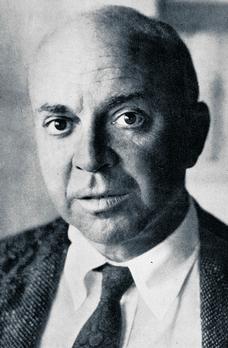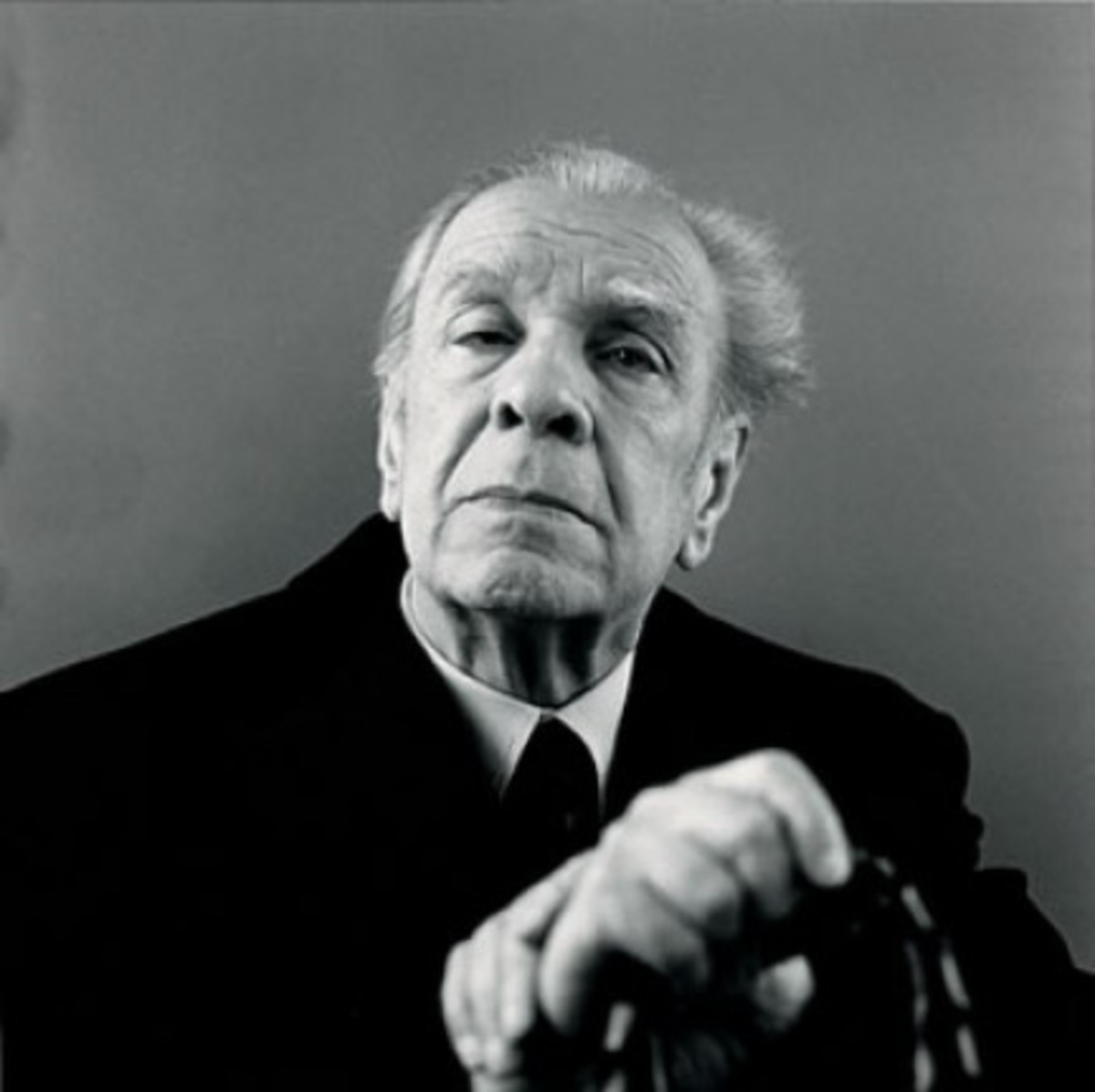Literature Discussion: U.S.A.

Introduction
The 42nd Parallel, the first book in the U.S.A. trilogy, written by John Dos Passos, is claimed to be “the greatest possible homage to art as a new kind of practicality in getting down the facts of human existence in our [the twentieth] century (Alfred Kazin, Cover). The trilogy as a whole has been hailed by many authors and critics as innovative and unique, with various stipulations on the value and accuracy contained therein. Putting the question of accuracy aside for just a moment, one cannot deny that, for its time, the idea of a “series of reportages in which characters appeared and re-appeared”, as Dos Passos himself calls it, was innovative (Rosen). I have chosen a few articles which serve to demonstrate various positions on the importance and accuracy Dos Passos’ U.S.A..
Historical Perspective
However, before one delves into a discussion of a work of literature, it often proves prudent to have an understanding of the author of said literature and the time in which the author was writing. This allows the reader to put the written work into a proper context and frame. Because he is no longer alive and able to speak for himself, one must turn to history’s remembrance of him. Townsend Ludington, author of “John Dos Passos: Overview”, writes that Dos Passos was a Harvard graduate who drove an ambulance in World War I. George Becker explains that World War I served him as a “Quick – and safe – plunge into the stream of real life that expunged the conventional expectations and beliefs of sheltered youth”. I’ve never read an account of one who’s experienced World War I firsthand who was able to say that he was not changed by the experience. Dos Passos was no different. Ludington continues by writing that “[Dos Passos] is one of the two or three most important political novelists the United States has produced…” and that “…the three volumes of U.S.A…. are landmarks in the nation’s literary history”. Modern authors have experimented with similar ways of conveying an impression of a nation’s history, with varying degrees of success (Mark Z. Danielewski’s Only Revolutions is a good example of this.), but none have had such a dramatic impact as U.S.A..

For one to understand the novelty of this particular style, one must understand what “a series of reportages” looks like. Dos Passos’ reportages consisted of narratives, “Camera Eyes”, “Newsreels”, and biographies. The narratives were exactly what one would presume them to be, a fictional narrative which weaves its way through the novel. The 42nd Parallel treats four characters over the course of these narrative sections, with each character appearing several times. These four characters each have a separate narrative and would not mix until the second book in the novel, 1919, where some characters appear in the narrative sections belonging to other characters. By the end of the novel as a whole, Dos Passos incorporates twelve main characters in his fictional narrative sections. What Dos Passos calls the “Camera Eye” sections, consists of what John Wrenn calls not “Stream-of-Consciousness”, but “Stream-of-Memory”. In this fashion, Dos Passos is able to elaborate about the time period autobiographically. While the Camera Eye sections and the narrative sections are kept separate in The 42nd Parallel, once again, Dos Passos changes how things work in 1919 by allowing the two varieties merge in some portions. This serves to give the reader a greater sense of realism, because the reader is constantly forced to determine which parts are fiction and which parts are autobiographical.

Dos Passos’ Newsreel sections are perhaps the most innovative part of the novel, because they consist simply of advertisements and snippets of news that would have been found in the newspapers of the day. This technique, too, has been mimicked by modern authors, most notably, perhaps, by M.T. Anderson, author of the young adult novel, Feed. These Newsreel sections do not further any of the storylines presented one whit, but, rather, serve to provide flavor for the surrounding narratives, Camera Eyes, and biographies. Just like the narrative sections, the biographies are exactly what one would expect them to be; that is, they are a biography of an individual who lived at the time period of which Dos Passos is forming an impression. Over the course of U.S.A., Dos Passos employs twenty-seven biographies. These, coupled with the twelve fictional characters, form the focal point of the novel, with the Camera Eye and Newsreel sections serving to enhance the background. Becker calls this form “radial”, and emphasizes the difference between this form and a “collective” novel. A collective novel has no protagonist, whereas the radial novel has many protagonists (like spokes on a wheel), which “converge on a common center” (Becker). Becker also notes that because the “experience of the novel is temporal, [and] not spatial”, that is to say, because we can only experience one narrative section, or one biography at a time, as opposed to some sort of spatial laying out of the novel, “simultaneity is not possible, except in brief passages”. The novelty of the form that Dos Passos employs is clearly a large factor when determining the reason for the impact of the novel as a whole.
There is more novelty that Dos Passos brings to U.S.A. than is part of the form, however. Pervading all sections is his signature method of combining several whole words to emphasize either a change in meaning, or a change of pace. Among the standard farmhouse, piebald, pocketbook, or shotgun, the reader sees words like, oatfield, lumberyards, liprouge and slavedriver (Dos Passos 41, 60). Dos Passos doesn’t just employ this style of writing to nouns, but is quite able to use adjectives, verbs, and prepositions to his liking as well, where he writes words like everblooming, gotto, brightcolored, overroasted, and even combinations like “bronzecolored greyhaired”. While writing that last sentence, my word processor attempted to hyphenate all of those single words several times. I wonder if his first editor ever thought that the hyphen key on Dos Passos’ typewriter was broken. Nevertheless, there are countless examples of his hyphenless style throughout U.S.A., to the point that the casual reader can typically point out at least two per page. In the final biography of 1919 is one of the best examples of Dos Passos’ utility of the combining of words to affect pacing. The first line of the biography titled “The body of an American” reads as follows: “Whereasthe Congressof the united states byaconcurrentresolution-adoptedon the4thdayofmarch lastauthorizedthe Secretaryofwar to cause to be brought to theunitedstatesthe body of an Americanwhowasamemberoftheamerican expeditionaryforceineuropewholosthislifeduringtheworldwarandwhoseidentity hasnotbeenestablished for burial inthememorialamphitheatreofthenational cemeteryatarlingtonvirginia.” More than pacing the reader, the words arranged that way also convey a sense of routineness that speaks directly to what Dos Passos is trying to convey with this passage. These stylistic differences all serve to enhance the novel as a whole.
Summarization, Syntehsis and Differentiation
I now will summarize, synthesize, and differentiate between the arguments of George J. Becker, Robert C. Rosen, and John H. Wrenn. Becker provides a critical analysis of Dos Passos as a writer in general, with a fair portion of his critical essay focused on U.S.A.. Rosen focuses on Dos Passos’ political standing, a large part of which, Rosen posits, is to be determined by looking at what he includes in and elides from his major literary works, with a large section devoted to discussing U.S.A.. Wrenn focuses on U.S.A. as a whole and attempts to define it in terms of Dos Passos’ intentions. These three arguments shall serve to paint a well-rounded picture of the novel as a whole.

Wrenn's Perspective
Wrenn maintains that U.S.A. is “first of all, a book of memories”. He further discusses that in order to establish this “broad and pertinent framework of memory”, Dos Passos was required to formulate a “selective recall of his own experience, supplemented by the general experience and that of other individuals recorded in the documents of the times”. Moreover, doing so required said memories to be arranged in such a fashion that would allow the reader to coherently distinguish between the various forms of literature with which he is presented. Wrenn also holds the position that Dos Passos took several measures to emphasize the history he wrote about as necessarily more important than his own personal relation to it. With this in mind, it is important to note that Dos Passos focused on “democracy” as “his country’s own brand of idealism” (Wrenn). But, as Wrenn also states, the word democracy had “pretty much lost its meaning at about the time that the United States had fought a war to make the world safe for it”. Wrenn concludes by stating that the only way to achieve a system in which democracy meant anything close to what it meant prior to the war, the definition would have to be put in terms of the much more scientifically- and industrially-minded era about which Dos Passos was writing. Doing so accurately, would require Dos Passos to comprise his novel of a sufficient cross-section of America. While Wrenn would say that this was a success, Becker would tell a different story.

Becker's Perspective
Becker notes that “the selection [of characters, both fictional and biographical,] is clearly and deliberately slanted in the direction of vacuity and failure”. If this acknowledged, the reader must certainly concede that this is much less of a chronicle of America, which Dos Passos never claimed it to be, and much more of an impression of America that Dos Passos is attempting to convey. Of course, if that is the case, the reader must ponder whether Dos Passos is deliberately attempting to provide the reader only with what Becker calls “hollow men and women whose [downward course] constitutes an inescapable indictment of American life and institutions….” More importantly, perhaps, what is Dos Passos trying to convey by only providing examples such as these? If U.S.A. is primarily a book of memories, as Wrenn would have us believe, logic would presume that this is exactly how Dos Passos saw the time period through which he lived. However, this logic has other problems. For example, as Rosen indicates, not one of the twelve fictional characters presented in the narratives is an African American, and neither are any of the individuals represented by the twenty-seven biographies provided. It is not questioned that Dos Passos’ choices of who to include and exclude were conscious and deliberate. While I am not able to conclude anything at this time based on my current research (and noting that Rosen did not provide a legitimate conclusion either), Rosen acknowledges several details that merit thought.

Rosen's Perspective
Over the course of his critical essay, Rosen describes U.S.A., as a “self-defeating novel of protest”, in which “characters are so degraded [that] they seem incapable of full human development in any social order”. Becker speaks to this idea when he writes that “[Dos Passos] is not capable of creating a fictive world that is self-subsistent or of creating characters who are interesting in their own right by reason of their rich and varied humanity”. This great insult does not satisfy the totality of Becker’s conflict with the novel. Unlike Wrenn’s definition of U.S.A. as a “book of memories”, Becker feels more comfortable with the idea that it is a “chronicle of promises betrayed and forgotten, of a diminution of human dignity and liberty, of a basic disregard for human worth”. While reading it, there was not a single time that the idea that I was reading a happy story crossed my mind. Not once did I think to myself “I wish I had that character’s life”. So, maybe it is a pessimistic “diminution of human dignity and liberty”. But if it is that, it is also not far from a national memory of the day that seems to have resonated with Dos Passos. It may yet be possible that the same Dos Passos that falls in the top “two or three most important political novelists the United States has produced” that Ludington posits, is also portraying America as a deluminating, malfunctioning machine which citizens the early twentieth century did not treat kindly.
Conclusion
There may not be a right answer. More importantly, however, is the fact that regardless of whether Dos Passos had an ulterior motive in the way he excluded African Americans from major roles, and wrote all of the women into less than pleasant situations, or whether he did believe that democracy could no longer be defined in the traditional sense, he wrote a composition of more than fifteen hundred pages, which consisted of an impression of America, during the first three decades of the twentieth century. There is agreement that it is not a chronology, and while the impression of America that I get when I read it may not be the impression that John Doe from Philadelphia got in 1920, or Jane Doe from Boston in 1930, it is, in and of itself, a valid way to consider America. Though it may be a work of fiction at least as much as it is a work of art, truly, Dos Passos wrote his way into history with his unique U.S.A..
Works Cited
Becker, George J. "John Dos Passos." John Dos Passos Ungar (1974). Rpt. In Contemporary Literary Criticism Select. Detroit: Gale, 2008. Literature Resource Center. Web. 31 Oct. 2010.
Dos, Passos John. U.S.A.: The 42nd Parallel ; 1919 ; The Big Money. New York: Literary Classics of the United States, 1996. Print.
Ludington, Townsend. "John Dos Passos: Overview." Reference Guide to American Literature. Ed. Jim Kamp. 3rd ed. Detroit: St. James Press, 1994. Literature Resource Center. Web. 31 Oct. 2010.
Rosen, Robert C. "John Dos Passos: Politics and the Writer." John Dos Passos: Politics and the Writer. University of Nebraska Press, 1981. Rpt in Contemporary Literary Criticism. Ed. James P. Draper and Jennifer Allison Brostrom. Vol. 82. Detroit: Gale Research, 1994. Literature Resource Center. Web. 31 Oct. 2010.
Westbrook, Perry D. "U.s.a: Overview." Reference Guide to American Literature. Ed. Jim Kamp. 3rd ed. Detroit: St. James Press, 1994. Literature Resource Center. Web. 31 Oct. 2010.
Wrenn, John H. "U.S.A..” John Dos Passos. Twayne, 1999. Rpt. In Novels for Students. Ed. Jennifer Smith. Vol. 14. Detroit: Gale, 2002. Literature Resource Center. Web. 31 Oct. 2010.







